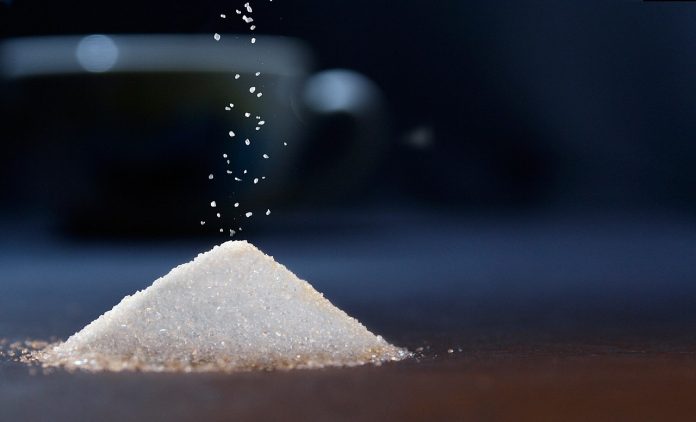
You have been so kind to take the time to answer my questions. Thank you so very much. Please permit me a couple of follow-up questions.
The US Dietary Guidelines recommend moderate intake of sugar which includes sugar you add to food at the table as well as sugar added by food manufacturers.
- Am I correct in understanding your statement that the guideline is for added sugars?
- Does the 10% guideline refer only to sucrose or does it include other sugars?
- You don’t have to answer this question: why would the USDA make this recommendation and the FDA not require labeling to help us follow that advice?
That third question was just so I could vent my frustration concerning government agencies that don’t work together. Thank you for any help you can give me. I really do appreciate it. Thanks.
The 10% guideline refers to added sugars as a percent of total calories that are added to foods either by you or food manufacturers. For example, if you eat 1200 calories, then you should aim for less than 120 calories from sugars or 30 grams added sugar (120 calories / 4 calories per gram sugar = sugar grams). This includes added sugars like glucose, fructose (made from fruit), lactose (made from milk), sucrose (granulated, brown, raw, and powdered sugar), and maltose (made from malt barley and other starches). The U.S. Dietary Guidelines is targeting sugars added to food by manufacturers of processed and packaged foods as well as sugars you add to food before you eat which is under your control.
FDA’s (Food and Drug Administration) new labeling regulations make added sugars more obvious to the consumer. The biggest source of added sugar is carbonated beverages. If you read food labels in grocery stores, you are aware that sugar or sucrose is not the only added sugar in foods. Another is high fructose corn syrup made from corn. The previous food label listed total sugars which included naturally occurring sugars in milk, fruit, and starch as well as added sugars. The new food label, starting July 26, 2018, will educate the consumer by displaying the Added Sugar amount. The FDA collected a lot of opinions to arrive at the new FDA label format. While all sugars are still included under “carbohydrates” along with fiber which is a complex carbohydrate, the added sugars will now be listed separately and that is what you should reduce in your food choices.
As before, unless a food makes a health claim, the food label doesn’t have to list additional nutrients. Actually, there is less nutrition information on the new food label than the one prior to the 1992 food label update. The new food label only displays 1 vitamin (vitamin D) and 3 minerals (calcium, iron, and potassium).
Unfortunately, some government agencies have different schedules for when they update or change rules. I empathize with your frustration.



